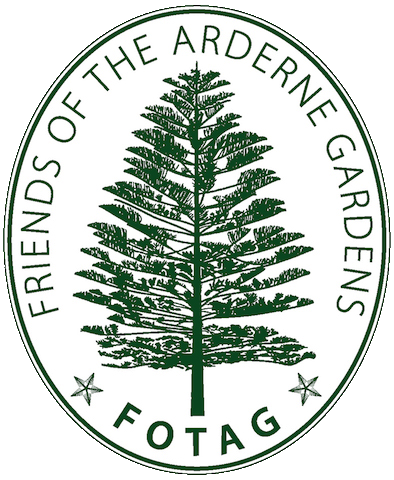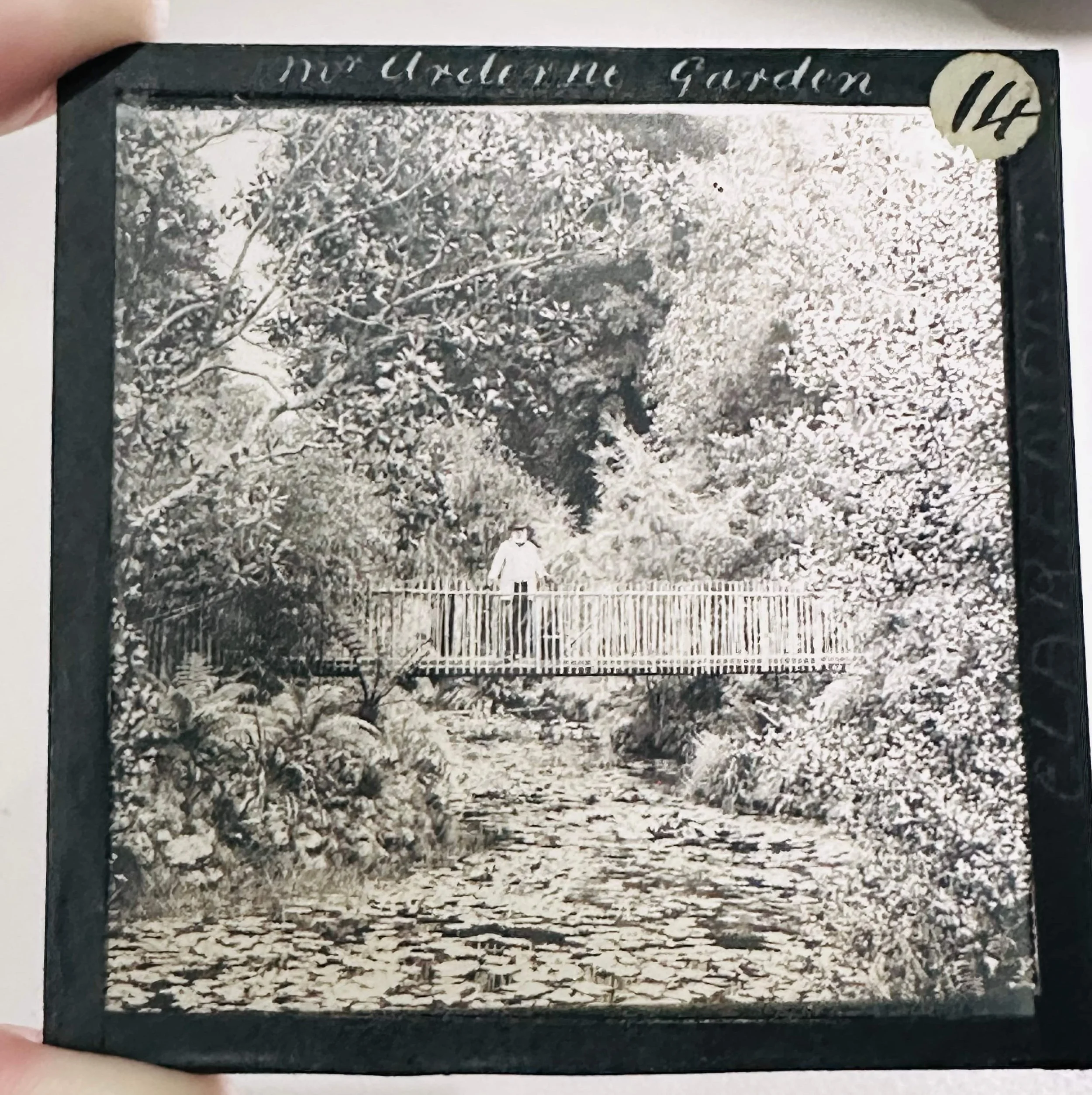The story of the Arderne Gardens is an account of one man's dedication to collecting exotic plants and trees from around the world.
The Arderne Gardens was established in 1845 by Ralph Henry Arderne
Arderne was a successful timber merchant and cabinet maker who hailed from Cheshire, England. In 1830, having recently suffered the loss of his wife and son, Ralph Henry Arderne set off from his home in Cheshire en route to begin a new life in Australia. Upon arriving in the fairest Cape, he changed his plans and decided to settle here. On July 28th, 1845 he had enough funds to acquire a piece of land in Claremont, 5.8 Hhctares from the historic Stellenberg Estate, around the backside of Table Mountain. He built his home and the property became known as “The Hill”.
R.H. Arderne started to collect plants from all over the world and would plant them at his estate
Living at the Cape, which was at the heart of the world shipping trade, he was in a unique position to source trees from diverse countries. The first tree of significance purchased and planted was the Norfolk Island Pine, which over time became synonymous with the garden. In time, the garden became famous. R. H. Arderne was one of the founders of the Cape Town Botanical Gardens in the old Company Gardens in 1848. Now remarried, development of the garden was continued by his son, Henry Mathew Arderne, into the early part of the twentieth century. The father and son duo got in touch with Sir William and Sir Joseph Hooker, the father and son Directors at Kew, and the Ardernes sent newly discovered plants form South Africa to Kew (as well as other botanic gardens of the world). Admiration for the garden grew, as the citizens of Cape Town began to appreciate it as a place of exceptional beauty.
Henry Arderne passed away in 1914, leaving the ownership of the property in question
Synchronously, the original Norfolk Island Pine began to wither and die. The property then passed out of the Ardernes' hands and The Hill was demolished in the 1920s. The then owner of the property, a Mr. G. Wilks, intended to divide the land up into building lots. He built his home where Herschel Junior School is today.
The City of Cape Town purchases the land
Fortunately, the Director of Parks and Gardens in the Cape Town Municipality, Mr. A. W. van den Houten, realized what a loss it would be if this garden were destroyed. He persuaded the City Council to buy the most important part of the garden, the 4.5 hectares which stretched from the Main Road, to the site where the house stood. He laid it out much in the Edwardian Style, with rose gardens, pergolas and arbors.
Mr. A. M. J. Scheltens was the horticulturalist and curator of the garden for the following 27 years and so loved the the garden that he refused to be moved from it even if it meant promotion. Later, he would be come the Director of Parks. These two men played an important role in preserving the work of Ralph Henry and his son for posterity.
The Modern Day Caretakers
In the 1970s important changes were implemented by top Council horticulturist, Richard Jamieson, who created the Great Lawn and smaller lawned areas, removing the rose garden. He also planted masses of hydrangeas and introduced new trees. The two lower ponds he created out of what was previously a boggy area in winter. These ponds contained the winter overflow from the top pond constructed by Ralph Arderne around a natural spring, whose waters find their way into the Black River.
The gardens fell into a state of neglect in the late 1980's. In 2004, the Friends of the Arderne Gardens (FOTAG) was established as a public benefit organization with the objective of working with the City to protect and preserve the garden.
In 2014 FOTAG’s Renaissance Project, removing overgrown vegetation, opened up the garden and helped make it safe. The garden was twinned with Stellenberg Estate thus renewing the close relationship between these two historic gardens. FOTAG is lovingly restoring Arderne Gardens to its former glory. It is now visited by all sections of the community once more.
A TREE IS PLANTED
The following is an extract from the introduction to the book The Ardernes & Their Garden by Arderne Tredgold, published in 1990 by the Arderne Book Trust, Cape Town.
In his cabin the ship’s Master was talking to a spare man with blue eyes, set in a serious face, who had come aboard. They were discussing the cargo of timber the ship had brought from beyond the Indian Ocean, but every now and then the visitor glanced away at a tiny tree growing in a pot on a shelf. It was about six inches high and the shape of a child's Noah’s Ark tree. When the business was finished, the visitor, whose name was Ralph Henry Arderne, pointed to the tree and said, “would you tell me where that tree comes from?”
“It is a Norfolk Island Pine from Australasia.” the Captain replied. “I am taking it home to plant in my garden.”
“Would you be willing to sell it to me?” Arderne asked. “I have recently bought a property, and am hoping to lay out a garden with trees and plants from as many parts of the world as I can, and I know the Norfolk Island Pine is a very handsome tree.”
“Well,” said the Captain at a venture, “I’ll take five pounds for it.”
That was a very large sum in 1847, but Arderne was so anxious to have it that he paid it without argument. … Arderne was not yet living on his new property, which had been part of the old Stellenberg estate; he was still busy clearing the ground and he was living in a house just opposite. … He had already planned the grounds and now he selected a spot that would be about half way between the site he had chosen for the house and the road from Cape Town to Wynberg, and more or less in the main part of the garden. … All through its life [the tree] was carefully nurtured, watched and measured, and it repaid this loving care by growing to a great height of over 140 feet, towering above all the trees around it ; it was said to have outgrown any other tree of its kind outside its native home.








